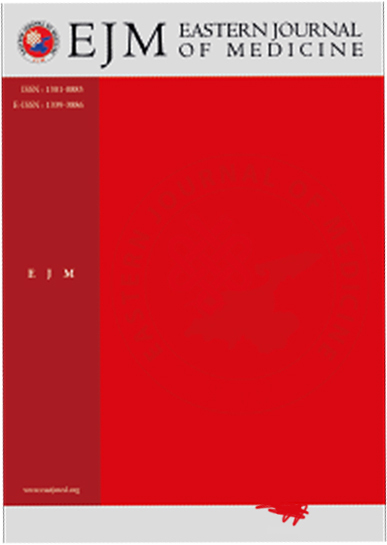Erythema Multiforme; Sixty Six Case Series with Review of Literature
İbrahim Halil Yavuz1, Göknur Özaydın Yavuz1, Serap Güneş Biligili1, İrfan Bayram2, Hülya Savaş11Department Of Dermatology, Yuzuncu Yil University, Van, Turkey2Department Of pathology, Yuzuncu Yil University, Van, Turkey
INTRODUCTION: Erythema multiforme (EM) is an acute, self-limited, and sometimes recurrent skin disease considered to be a hypersensitivity reaction associated with certain medications and infections. EM has recently been recognized as a distinct disease differentiated from the Stevens-Johnson syndrome (SJS) and toxic epidermal necrolysis (TEN). The aim of this study was to evaluate the clinical and histopathological characteristics of patients with EM.
METHODS: The retrospective study included 66 patients who received outpatient or inpatient treatment at the Dermatology department due to a diagnosis of EM between 2005 and 2017. Age, gender, etiological factor, recurrence, significant histopathological findings, presence of target lesions, mucosal involvement, and treatment methods were recorded.
RESULTS: The 66 patients included 22 (33.3%) men and 44 (66.7%) women with a mean age of 36.7±13.9 years. The etiological factor was Herpes labialis in 36.4%, medication in 31.8%, Orf infection in 13.6%, and no etiological factor was detected in 18.2% of the patients.
DISCUSSION AND CONCLUSION: Although EM is a common entity in dermatology practice, there are a limited number of studies reporting on EM. The results indicated that that EM can occur secondary to Orf infection.
Manuscript Language: English














